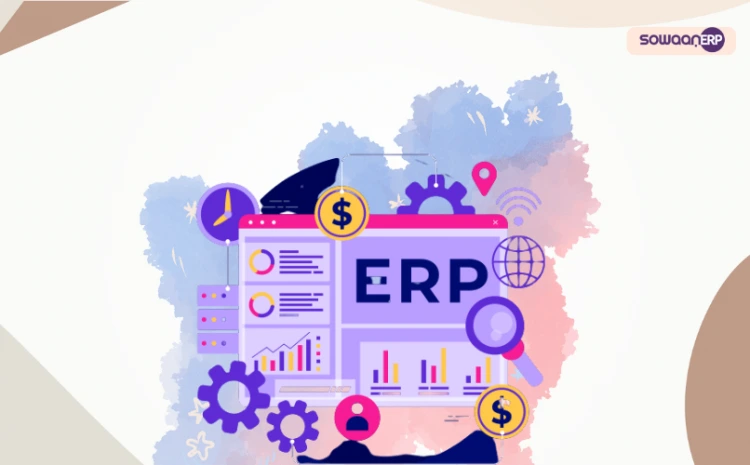
Implementing an Enterprise Resource Planning (ERP) system in manufacturing companies can be a complex and time-consuming process, but it can also bring significant benefits. Here are some tips for successfully implementing manufacturing ERP in Oman:
Plan and Prepare
Before implementing an ERP system, it’s crucial to define the objectives of the implementation and the outcomes that the organization hopes to achieve. Additionally, create a project plan that outlines the project scope, timeline, resources required, and roles and responsibilities of the project team members. Also, ensure that all stakeholders, including top management, are on board and supportive of the implementation.
Choose the Right ERP System
Select the best ERP software for manufacturing that best suits your organization’s requirements. Consider factors such as cost, scalability, flexibility, ease of use, customization, and support. It’s also crucial to select a system that is compliant with Omani regulations and standards.
Involve End-Users
The success of an ERP implementation depends largely on end-user adoption. Hence, involve end-users in the implementation process from the outset. Conduct training sessions, communicate regularly about the project status, and address any concerns or issues that arise.
Streamline Processes
Before implementing an ERP system, take the time to evaluate and streamline your existing processes. ERP systems are designed to automate and optimize processes, but if you implement the system without improving your processes, you may end up automating inefficient or redundant tasks.
Test, Test, Test
Test the manufacturing resource planning in Oman thoroughly before deploying it. Conduct user acceptance testing to ensure that the system meets your organization’s requirements and performs as expected. Also, test the system in a simulated environment to identify and fix any issues before deploying it in a live environment.
Provide Ongoing Support
Once the system is live, provide ongoing support to end-users. Conduct periodic training sessions, provide documentation and online support, and address any issues or concerns that arise promptly.
Monitor and Evaluate
Continuously monitor the ERP system’s performance and evaluate its impact on your organization. Identify areas where you can further optimize the system and refine your processes to ensure that you are getting the most out of the system.
By following these tips, you can increase the chances of successfully implementing the best ERP for manufacturing in Oman .
How to Install an ERP System?
Every organization has many teams or units that work on multiple tasks. There is frequently a data flow or duplication between these many functional departments inside the company. ERP is the software that allows the company to manage and link all of these disparate tasks. It facilitates data exchange without the requirement for continuous data transfers or data entering into separate systems or software.
The following suggestions will assist you in getting the most out of your ERP system.
- Investigate and comprehend your company’s operations and methods of operation. This will make it easier for you to set up and operate the ERP system.
- Determine the critical goals, influencing variables, threats, and success metrics that you plan to achieve by installing the ERP system.
- Involve all of your staff and departments in the ERP system deployment.
Conclusion
Businesses that are rapidly developing and changing will benefit from an ERP system that supports their evolution. Managers and company owners may make decisions with the use of analytics and reports.
It is important to evaluate each option based on your specific needs and budget to determine which software is the best fit for your business. Additionally, it may be helpful to consult with a software vendor or consultant to ensure that you select a software solution that meets your specific requirements.
